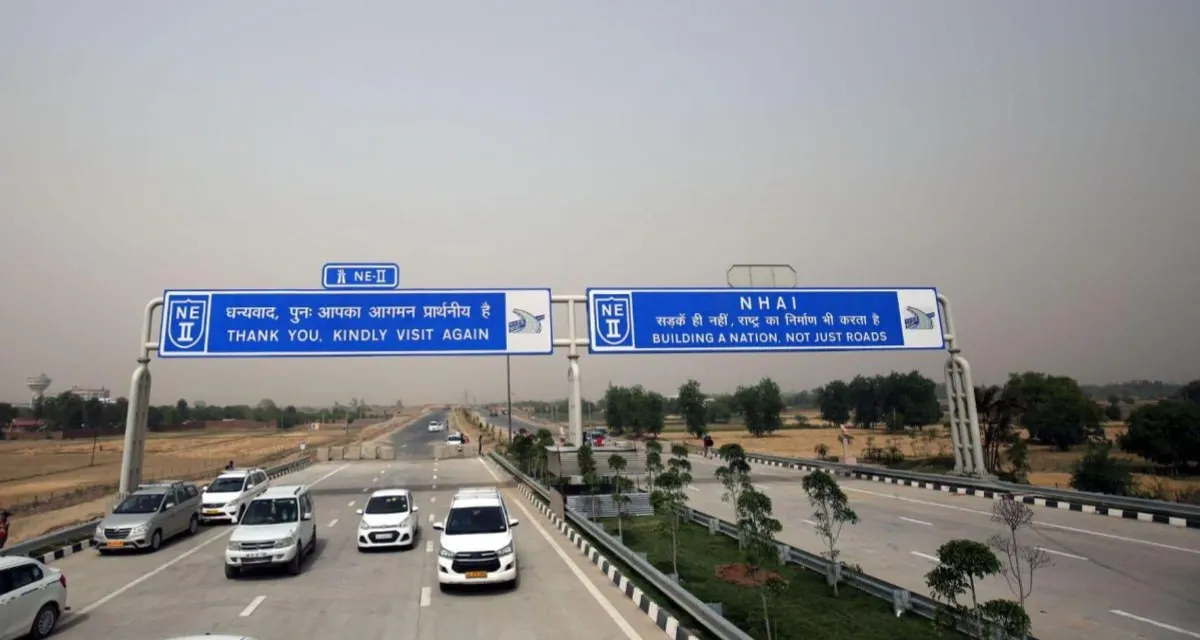

Over the past decade, India has been on a relentless drive to expand its national highway network, transforming the country's infrastructure landscape. However, recent trends suggest that the breakneck speed of highway construction may have peaked in the fiscal year 2023-24, with indications pointing to a possible slowdown in the current fiscal year. Mint delves into the reasons behind this deceleration and examines whether it represents a temporary setback or a more enduring challenge.
Since 2014, India’s national highway network has experienced a significant expansion, increasing by 60% from 91,287 km to 146,145 km in 2023. The length of highways with four lanes and above has seen an even more remarkable rise, growing 2.5 times. This surge in highway construction has been pivotal in enhancing connectivity, boosting economic activity, and reducing travel times across the country. However, recent data from the Ministry of Road Transport and Highways (MoRTH) suggests that this momentum is slowing.
One of the primary reasons for the slowdown in highway construction is the impact of election-related activities. According to MoRTH, only 483 km of national highways were constructed in April 2024, with a total of 600 km completed by May 20, 2024. This marks the slowest pace of road construction since the Covid-19 pandemic. The implementation of the model code of conduct during election periods plays a significant role in this deceleration. The code restricts the announcement of new projects, leading to delays in approvals and a halt in the initiation of new highway projects.
Land acquisition has also been a major bottleneck in the highway construction process. Acquiring land for infrastructure projects in India involves navigating through complex regulatory and bureaucratic procedures, which can lead to significant delays. Delayed approvals for land acquisition have slowed down the pace of ongoing projects and stalled new ones, contributing to the overall slowdown in highway construction.
Another critical factor affecting the construction pace is the shortage of labor. Many workers are returning to their villages to participate in voting during the election period, and they are staying longer than anticipated. This exodus of labor has left construction companies grappling with a workforce shortfall, further impeding the progress of highway projects.
In addition to the aforementioned issues, financial constraints and administrative challenges have also played a role in the slowdown. Funding for large-scale infrastructure projects is substantial, and any delays in the disbursement of funds can lead to project delays. Furthermore, administrative bottlenecks, such as delays in project approvals and clearances, have added to the slowdown.
The question now is whether this slowdown is a temporary blip or indicative of a longer-term trend. While the factors contributing to the current slowdown, such as elections and land acquisition issues, are temporary, they do highlight underlying systemic challenges that could affect the pace of highway construction in the future.
The Indian government has been proactive in addressing some of these challenges. Initiatives aimed at streamlining land acquisition processes, increasing transparency, and improving the efficiency of project approvals are steps in the right direction. Additionally, the government’s focus on boosting infrastructure investment through various schemes and partnerships with the private sector is expected to provide the necessary impetus to resume the rapid pace of highway construction.
However, sustained efforts are required to address labor shortages, financial constraints, and administrative bottlenecks comprehensively. By focusing on these areas, India can ensure that the slowdown is indeed temporary and that the momentum in highway construction can be regained.
India’s highway network has undergone a tremendous transformation over the past decade, significantly enhancing the country’s connectivity and economic growth. While the recent slowdown in highway construction is concerning, it also presents an opportunity for introspection and improvement. By addressing the temporary challenges and focusing on systemic reforms, India can continue its journey towards an expansive and efficient highway network, driving forward its infrastructure development goals and economic aspirations.
Also Read: